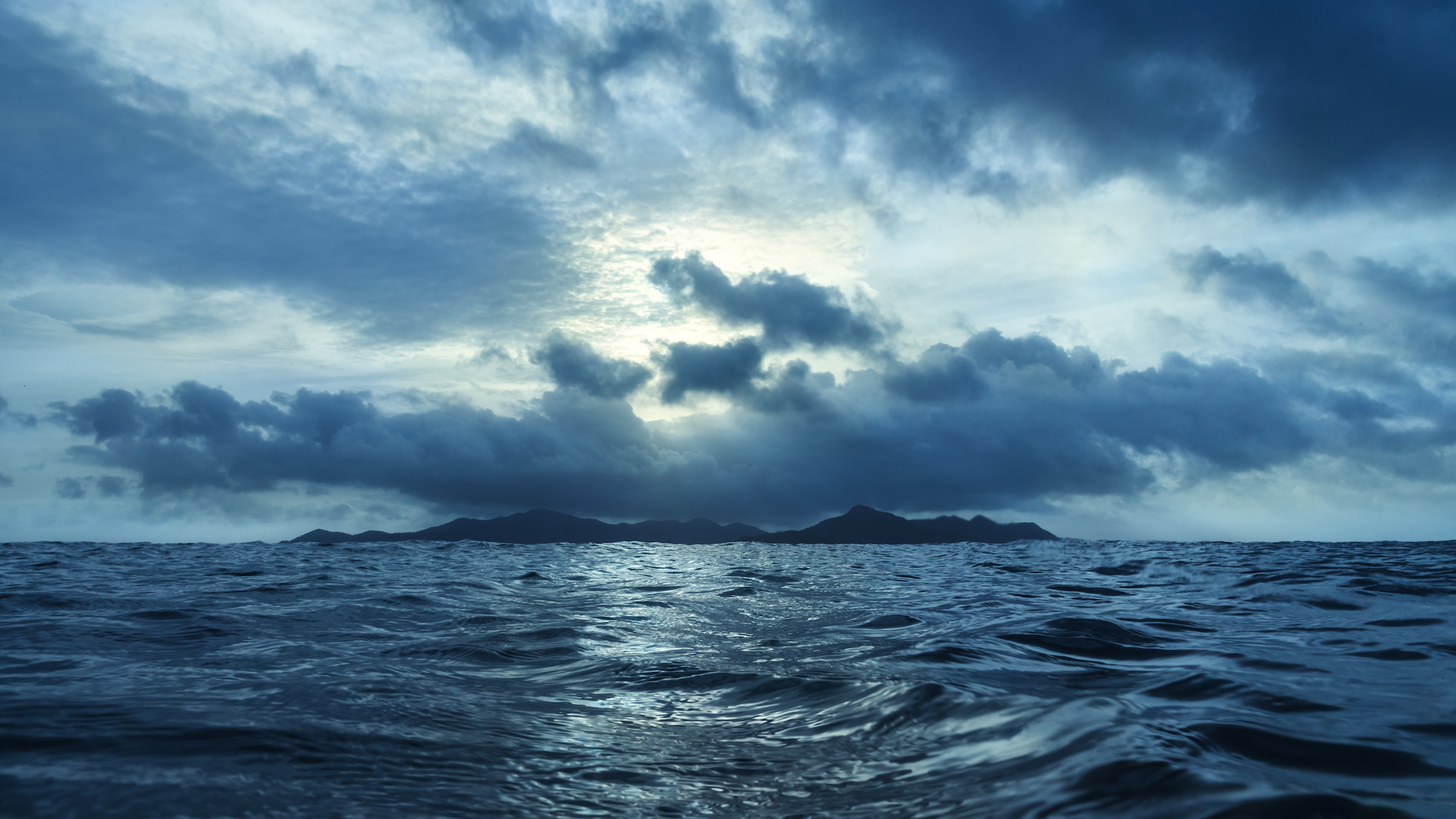
Growing dead zone in the Arabian Sea is now worse than feared
A study by researchers at the University of East Anglia (UEA) has confirmed that a massive dead zone in the Arabian Sea is expanding. Underwater robots have provided evidence that the issue is more alarming than what experts had anticipated.
“The Arabian Sea is the largest and thickest dead zone in the world. But until now, no-one really knew how bad the situation was because piracy and conflicts in the area have made it too dangerous to collect data,” said lead author Dr. Bastien Queste.
“We barely have any data collected for almost half a century because of how difficult it is to send ships there.”
The growing dead zone was documented by underwater robots called Seagliders, which can reach depths of 1,000 meters and travel the ocean for months at a time.
“Dead zones are areas devoid of oxygen. In the ocean, these are also known as ‘oxygen minimum zones’ and they are naturally occurring between 200 and 800 meters deep in some parts of the world,” explained Dr. Queste.
“They are a disaster waiting to happen – made worse by climate change, as warmer waters hold less oxygen, and by fertilizer and sewage running off the land into the seas.”
Two robots deployed in the Arabian Sea’s Gulf of Oman for eight months collected data in underwater regions that had been previously inaccessible. The researchers retrieved information via satellite to assess oxygen levels and to examine the underwater mechanics that transport oxygen from one area to another.
In a region where the researchers expected to find some oxygen, they found instead an area larger than the size of Scotland that had very little oxygen left.
“Our research shows that the situation is actually worse than feared – and that the area of dead zone is vast and growing. The ocean is suffocating,” said Dr. Queste.
“Of course all fish, marine plants and other animals need oxygen, so they can’t survive there. It’s a real environmental problem, with dire consequences for humans too who rely on the oceans for food and employment.”
“Another problem is that when oxygen is absent, the chemical cycling of nitrogen – a key nutrient for plant growth – changes dramatically. Nitrous oxide, a greenhouse gas 300 times more potent than CO2 is produced.”
To investigate how oxygen is distributed in the Arabian Sea throughout different seasons, the team combined data from the robots with a very high-resolution computer simulation. The experts found that the dead zone shifts up and down between seasons, which causes fish to be confined to a thin layer of water near the ocean’s surface.
Dr. Queste explained, “Management of the fisheries and ecosystems of the western Indian Ocean over coming decades will depend on better understanding and forecasting of oxygen levels in key areas such as the Gulf of Oman.”
The study is published in the journal Geophysical Research Letters.
—
By Chrissy Sexton, Earth.com Staff Writer













